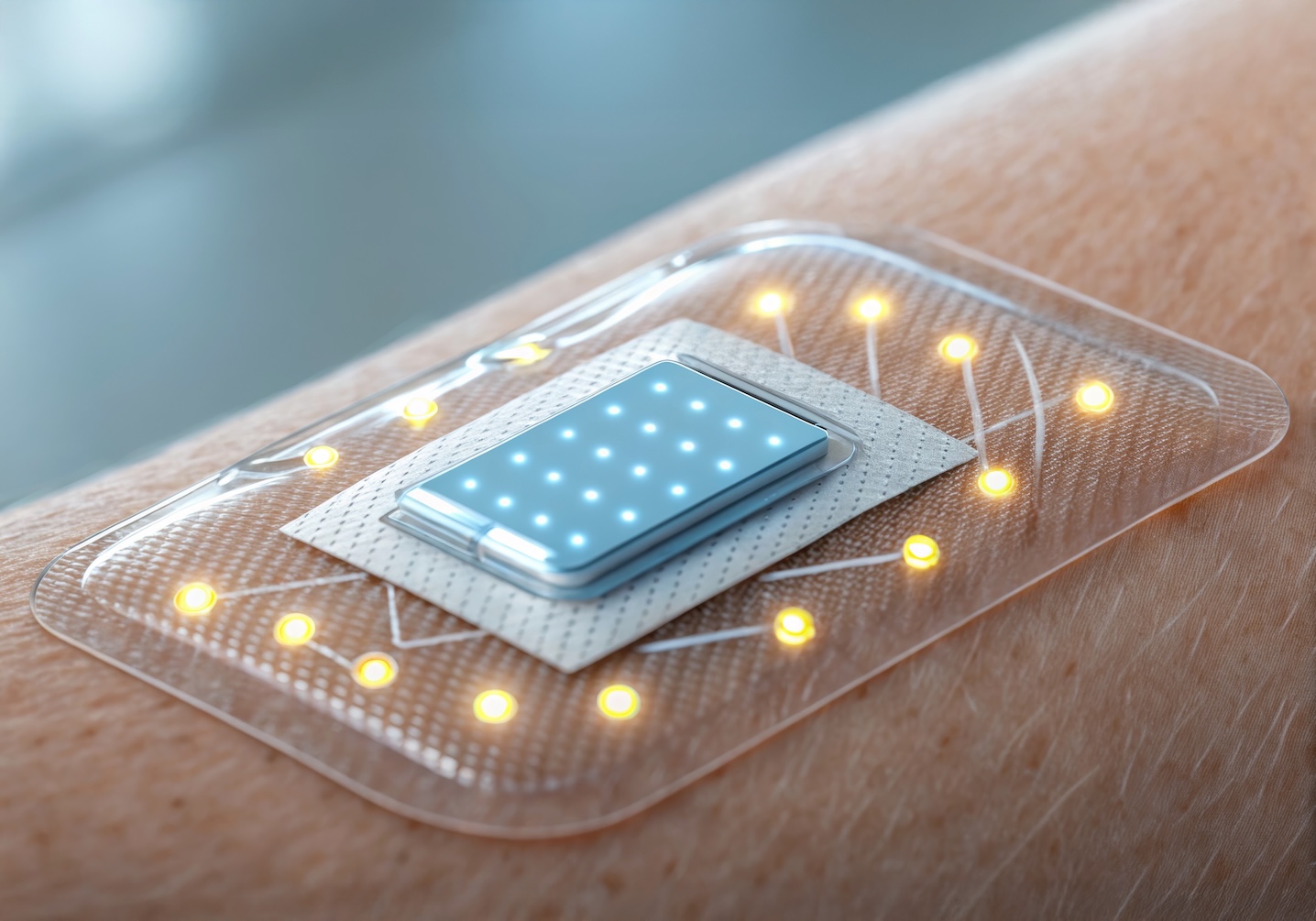Our Thesis on Molecular Biosensors
We see two inevitabilities: the rise of biosensors in clinical trials to enable real-world endpoints, and the shift toward non-invasive, continuous monitoring that decentralizes care and replaces traditional lab tests.

At 2048 Ventures, we are obsessed with the future and invest in early-stage companies that build defensibility through data and technology. Lately we’ve been thinking about biomarker monitoring through wearable or ingestible molecular biosensors, particularly their applications within clinical settings, including trials.
The Future of Biosensors
As clinical trials evolve to become more patient-centric and data-rich, the demand for frequent, real-world biomarker monitoring is becoming increasingly urgent. Advances in biosensor technology, coupled with the rising cost and complexity of traditional trial infrastructure, make their integration not just beneficial, but inevitable. From improving trial efficiency to enabling personalized care, biosensors will become foundational in the next generation of clinical research and disease management.
We see two inevitabilities:
- Clinical trials will increasingly rely on biosensors for real-world endpoints related to safety, efficacy, and improved pharmacokinetic/pharmacodynamic (PK/PD) collection much like how wearables are already gaining traction for monitoring functional outcomes.
- Non-invasive molecular biosensors will drive care decentralization by replacing many lab tests and enabling continuous monitoring—from assessing treatment response and making real-time adjustments to long-term disease management, particularly in chronic conditions.
Where Biosensors Can Make The Biggest Impact
Historically, biosensor technology has centered around glucose monitoring, with continuous glucose monitors transforming diabetic care. Today, the field is rapidly evolving toward multi-analyte biosensors, unlocking broader applications across wellness, disease management, therapeutic optimization, and more.
One of the most immediate and impactful applications for biosensors lies within clinical trial settings, where biomarker collection is often limited by the invasiveness, cost, and logistical burden of traditional sampling methods. Wearable or ingestible biosensors have the potential to transform how trials are run, by enabling real-time monitoring of biomarkers linked to disease progression and treatment response. We also see strong potential supporting PK/PD profiling and dose optimization.
Clinical settings today face several persistent challenges that create clear opportunities for innovation through molecular biosensors:
- Episodic data collection: In both clinical trials and routine care, biomarker data is often collected episodically, limited to infrequent blood draws. This misses dynamic changes in disease, drug response or toxicity. There is an opportunity for biosensors to enable high-frequency, real-time monitoring of relevant biomarkers, capturing a fuller picture.
- Traditional monitoring is invasive and burdensome: Biomarker tracking often requires clinic visits and blood draws. There is an opportunity to replace many of these procedures with more convenient integrated hardware and software.
- Increased patient dropout in clinical trials: Patient retention is a major challenge in clinical trials, with an average dropout rate of around 30%. Many of these dropouts are driven by the burden of site visits and testing. There is an opportunity to enable at home monitoring and making trial participation more convenient.
Business Models We Like
We have observed distinct business models, and these are the ones we prefer:
- Biopharma partnerships: strategic co-development to identify novel biomarkers in specific patient populations.
- Biopharma services: real time tracking of PK/PD (e.g. detection of drug or its metabolites), or monitoring efficacy or toxicity biomarkers.
- Data licensing: monetization of proprietary longitudinal datasets licensed for biomarker discovery or AI model training.
- Subscription and disposable hardware: recurring revenue from sensor replacements and analytics software.
Companies often de-risk via research-use-only applications, which can validate the utility of the biosensor and enable early biopharma partnerships, services, and data licensing.
Looking Into The Future
We’re looking to invest in startups developing biosensors that enable high-frequency biomarker monitoring, particularly in disease areas where one or more of the following apply:
- There is a high volume of clinical trial activity.
- Clinically meaningful events are missed by intermittent sampling.
- Early detection of treatment response or toxicity could improve outcomes.
- Existing trial endpoints are imprecise or difficult to measure.
- More frequent monitoring could improve care.
- The biomarkers being measured are relevant across multiple conditions.
The most compelling platforms will combine scalable hardware for continuous data collection with software that enables interpretation and actionability.
This aligns with our broader sensors thesis: we believe that low-cost sensors generating proprietary, high-frequency data will underpin the next wave of infrastructure in healthcare and biology.
Kascaid, a 2048 Ventures portfolio company, exemplifies this approach. Their biosensor platform measures inflammatory biomarkers in interstitial fluid—a matrix that can reveal signals often masked in blood. By enabling high-frequency, at-home sampling, Kascaid is unlocking granular, time-resolved biomarker data to better capture disease dynamics and treatment effects.
Startups We Want to Meet
We are particularly interested in investing in startups that:
- Use high-frequency sampling to build real-world, time-resolved biomarker maps in chronic diseases.
- Offer plug-and-play and low-cost biosensing systems that can be rapidly adapted to tangential applications beyond the initial go to market, requiring very minimal or no engineering by targeting cross-indication biomarkers.
- Build platforms that access molecular signals that are unstable, low-abundance, or masked in blood or urine by using more appropriate matrices or by sampling closer to the source.
If you are a founder working in the space, we'd love to connect: 2048.vc/pitch-us
Subscribe to our newsletter
Signup to get blog posts with our investments, theses and important announcements from 2048 Ventures.


